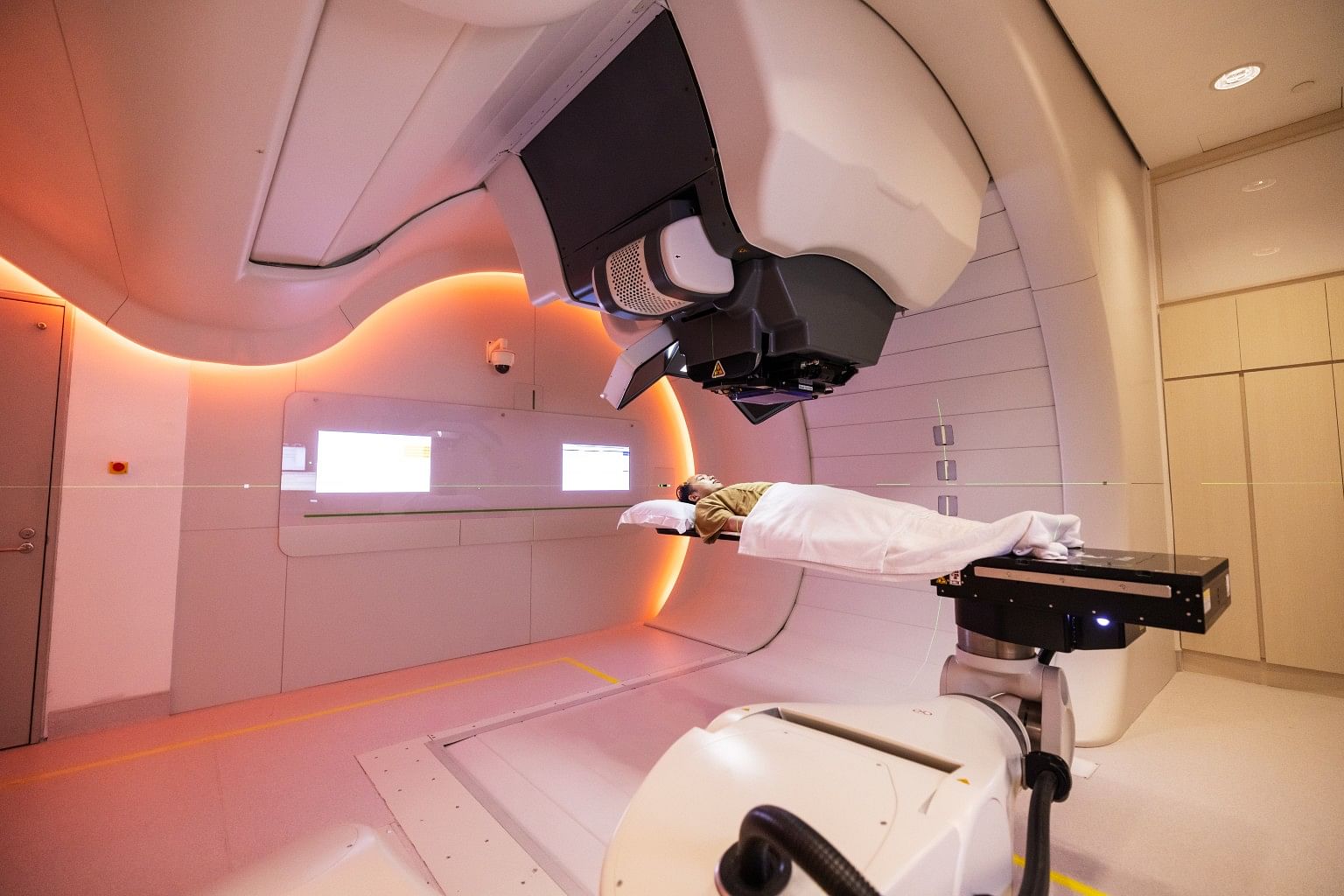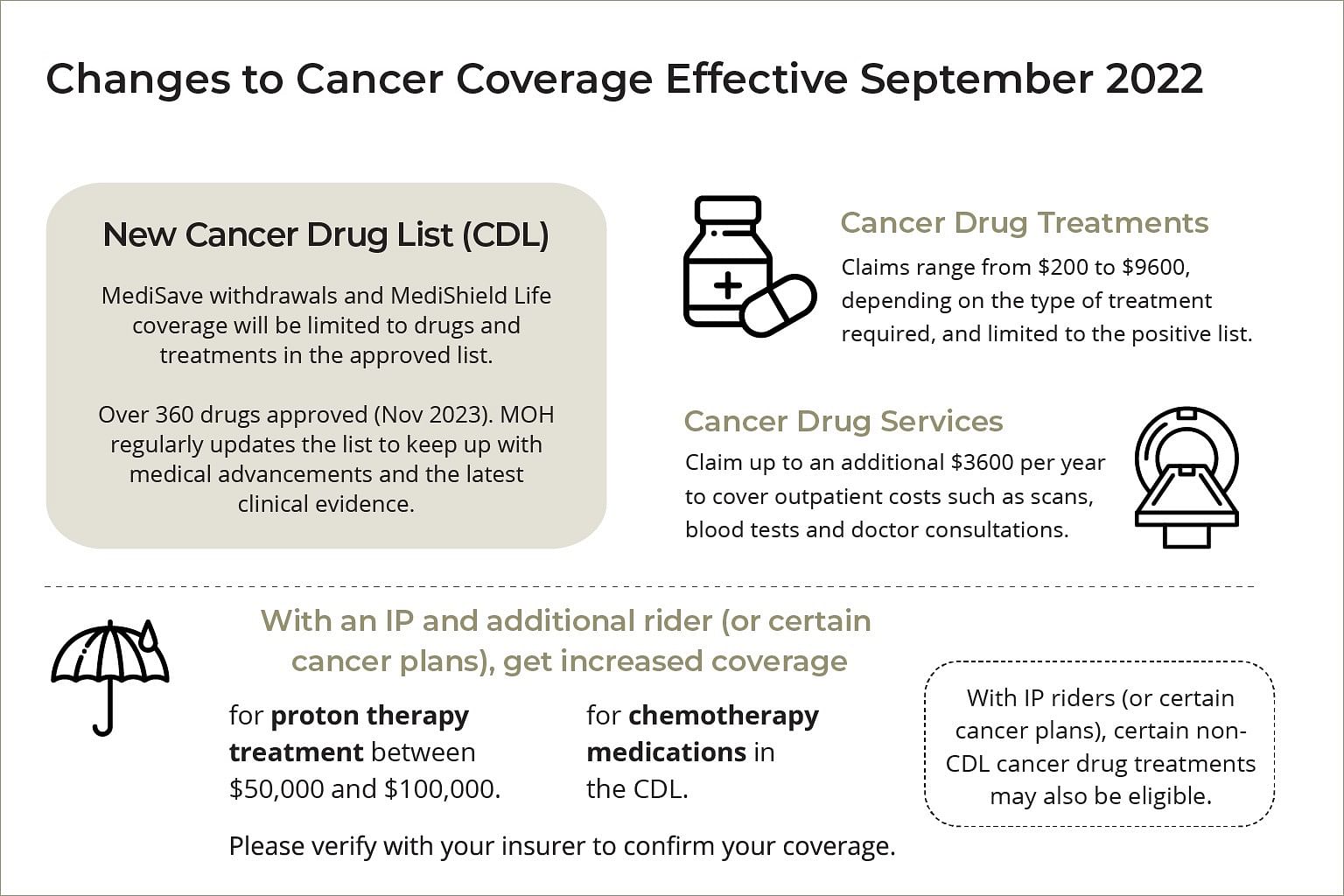When it comes to cancer treatments, most people are familiar with chemotherapy and radiotherapy. The former involves using a regimen of drugs to fight cancer cells, while the latter uses radiation to target the cancerous growth.
The latest form of radiotherapy, proton therapy focuses proton beams on the tumour to shrink it. In conventional radiotherapy, X-rays will pass through the tumour and exit on the other side, and this may impact neighbouring areas with a “low dose splash” of radiation. Proton therapy, however, can be programmed such that the proton beam stops precisely where the tumour is, with lower risk to healthy cells on the other side of the tumour.
In May 2023, Mount Elizabeth Proton Therapy Centre received the licence to administer proton therapy in Singapore. The centre now has the capability to treat various types of cancers with this technology. This includes head and neck cancers, liver, oesophageal and prostate tumours, some form of lymphoma and a range of paediatric cancers.
Due to the nature of the treatment, proton therapy is only suitable for use on solid tumours. While it is as effective as X-ray therapy, long term side effects can be substantially reduced. This is especially important for children, who will live many decades after they are cured, says Mount Elizabeth Hospitals radiation oncologist Dr Ivan Tham.
“When we treat a child with cancer, we are particularly concerned about the impact of radiation on growth and development. Proton therapy helps to reduce the amount of radiation received by the child’s growing body,” he shares.
Radiation oncologist Dr Lee Kuo Ann agrees, explaining that children’s growing cells are more sensitive to radiation. “Studies done have shown better preservation of growth, mental development, hormone function and fertility. This may lead to future cost savings for hormone replacement therapy and fertility treatment,” Dr Lee says. “The greatest reduction in the future risk of radiation-induced cancer is also seen among young patients.”
While children can benefit from proton therapy, Dr Lee says it may also help adults with certain cancers. He explains, “For example, in nasopharyngeal and oropharyngeal cancer, fewer mouth and throat radiation ulcers mean less need for tube-feeding, hospital admissions, and painkiller medications, leading to cost savings. Lower radiation doses to salivary glands and jaw bones also reduce future risk of teeth and extraction problems, helping to save potential future costs.”
Recently, Dr Tham treated a nine-year-old with a brain tumour which, in the past, would have required a substantial dose of radiation to the heart, lungs and oesophagus. “However, with proton therapy, we were able to treat him with minimal doses to these critical organs,” he explains.
Dr Tham adds, “Using proton therapy, we can treat a tonsil cancer at the back of the throat and still be able to minimise the radiation dose to the mouth. This is something that X-ray therapy cannot achieve as well.”

Making treatment more accessible
With Integrated Shield Plans (IP) offered by most private insurers, patients can benefit from comprehensive coverage for in-hospital treatment at private hospitals. These plans offer additional coverage for proton therapy treatment but claim limits vary based on plans and insurers.
Patients with an IP and additional rider get increased coverage with proton therapy treatment covered between $50,000 and $100,000. In addition, they also get increased coverage for chemotherapy medications listed in the cancer drug list (CDL). With IP riders, certain non-CDL cancer drug treatments may also be eligible for claims.
If patients seek surgical treatment with the insurer’s preferred panel of doctors and pre-authorised their treatment with the insurer, the cash that they would need to pay upfront is usually capped at $3,000 a year.

With the Mount Elizabeth Hospitals Bill Estimator, patients can also determine their out-of-pocket medical expenses by providing information on their existing IPs and riders.
Even though a cancer diagnosis may be worrying, there is always help available. Seek proper care and support networks, look out for patient forums or confide in a trusted friend or family member. Maintaining a healthy and positive attitude will greatly benefit the recovery process.
For information related to cancer screening and cancer care, visit Mount Elizabeth Hospitals. For information related to panel doctors and your IP coverage, WhatsApp or call the Parkway Insurance Concierge hotline at 9834 0999.


